We heard you are having difficulty in planning your Spiti Trip. Is that true? Don’t worry then, to help you make the most out of your trip to Spiti Valley, we have carefully curated a list of the best places to visit in Spiti Valley that you simply can’t afford to miss.
Spiti Valley is like a heavenly paradise that every adventurous traveler dreams of experiencing. It is a must-visit destination that captures the hearts of wanderers. This stunning valley is adorned with mesmerizing monasteries, crystal-clear lakes, and captivating valleys. With so much to offer, it can be overwhelming to figure out which places are the absolute best to explore in Spiti Valley. The array of places to visit in and around Spiti Valley is truly astonishing. The list seems endless and keeps getting more remarkable. This is just one aspect that sets Spiti Valley apart from other destinations.
Given below is your Best 20 Places to Visit In Spiti Valley..
Adventure enthusiasts assemble now for your dream journey!!!
Kaza
It is a stunning town located at an elevation of about 12,500 feet in the beautiful Lahaul and Spiti Valley. Steep ridges tower over this magnificent village. With majestic snow-covered mountains, splashing rivers, scenic landscapes, and bustling markets, Kaza has a lot to offer. Interestingly, the entire town of Kaza is divided into two main sections: the old Kaza and the new Kaza. The old Kaza is also known as Kaza Khas and encompasses the King’s palace, Monasteries, and ancient structures. Whereas the new Kaza which is known as Kaza Soma incorporates government offices, hotel chains, and food outlets. To truly experience the essence of Spiti, a visit to the Kaza local market is a must-visit. This vibrant hub not only offers a shopping extravaganza but also provides a captivating insight into the lives of the local inhabitants. The market is brimming with shops that showcase an exquisite collection of traditional Tibetan clothing and jewelry, exuding elegance and charm.
- Best Time to visit Kaza: May to October
- Highlight: Kaza Local Market
Suggested read: Best Time to Visit Spiti Valley
Komic Village – World’s Highest Village
The world’s highest village connected with a motorable road, rising 15,027 feet above sea level is next on the list of best places to visit in Spiti Valley. Komic perfectly captures the essence of Spiti’s elegance and allure. Above all, breathing in the cleanest air, and living a simple yet empowering life is all that Komic is about. The simplicity this place has to offer is one of the best things about visiting it.
As narrated by the locals, it is believed that when monks decided to shift the monastery to Hikkim Village, a strange thing happened. The statue of Mahakaal refused to move despite tremendous efforts. So on, the monastery was shifted however a monk was left beside the statute to pray. However, around 1975, an earthquake reduced the magnificent new monastery into bare pieces. These are still found when one travels to Kaza from Hikkim. But the Mahakaal Statue was still intact despite the massive earthquake that hit the Valley. As a result, the Monks decided to shift the monastery back to where it belonged.
Komic showcases the elegance and allure of Spiti Valley, making it a top choice for travelers seeking a unique and authentic experience. The beauty of Komic lies in its untouched natural surroundings, offering a glimpse into the raw beauty of the Himalayas. Visiting Komic allows travelers to witness the resilience and adaptability of the local community living at such high altitudes.
- Best time to visit Komic- May to October
- Highlight: Sightseeing in Village
Dhankar
Nestled in the remote areas of the Himalayas, Dhankar Village is a tiny village of nearly 70 houses. The words ‘Dhang‘ and ‘Kar‘ mean cliff and fort, respectively. As a result, the village’s name means “a fort on the cliff”. It is one of those unusual tourist destinations that are only known by a few.
Dhankar Lake, with its sparkling crystal clear waters, is folded atop a small hill. It is nestled at an astounding altitude of 4100 meters. The hike from the village to the lake is only 5 kilometers long, but it is difficult and time-consuming. It’s difficult to catch a gulp of air because of the low or lacking oxygen level caused by the altitude. The road leading to the lake is also restrictive and steep but worth the view.
Furthermore, the Dhankar Monastery (Drangkhar, and Dhangkar Gompa) is situated at a peak of about 3870 meters. It is a short distance from the lake. The monastery is among the five important Buddhist centers in the region and is a major tourist attraction. The monastery is situated on the edge of the cliff at an unordinary angle. This provides a stunning wide-angle view of the entire valley. Dhankar is undoubtedly one of the best places to visit in spiti
- Best Time to Visit Dhankar – May to October
- Highlight: Dhankar Village, Monastery, and Lake
Must Read: Places to eat in Spiti valley
Pin Valley
Pin Valley is a cluster of 17 villages in the Spiti district with a population of merely 2000 people. Despite the increase in tourism, numerous areas in Spiti Valley continue to stay remote and underexplored. Pin Valley has a fair amount of greenery and vegetation than the other villages in Spiti Valley.
In addition, Pin Valley National Park is Himachal Pradesh’s only National Park located in a cold desert area. In 1987, the intention to establish Pin Valley as a National Park was announced. It is well-known as the prevalent habitat of the snow leopard. The large Himalayan ghost cat has enticed thousands of visitors while eluding them with a single glimpse. The park is also home to different fauna like the Himalayan Raven, Snowcock, Snowfinch, and Pika. Pin Valley is often referred to as the “Mud Village” due to the prevalence of mud-based construction in the majority of its houses.
This Cold Desert Biosphere Reserve boasts a diverse range of flora, including numerous medicinal plants, alpine vegetation, as well as majestic cedar and deodar trees. Set against the breathtaking backdrop of the Himalayas, this reserve offers an idyllic haven for adventure enthusiasts, photographers, nature aficionados, and avid bird watchers alike.
- Best Time to Visit Pin Valley: May to October
- Highlight: Mud Village, Pin Valley National Park
Tabo Monastery
This monastery in Tabo Valley is home to 9 temples dedicated to Tara and Buddha Maitreya. As well as enchanting works of art, stucco sculptures of Bodhisattvas, and stupas. It was built by the renowned Buddhist king, Yeshe-O.
Here you will find the answer to the question, which are the best places to visit in Spiti
The Monastery is a treasure to the community and captures the essence of the culture beautifully. It is also widely recognized as the Ajanta of the Himalayas. This is because the monastery’s walls are embellished with captivating murals and primitive artwork. This is similar to the Ajanta Caves in Maharashtra. The Archaeological Survey of India designated it a “National Historic Treasure”. Above all, a visit to this monastery is a divine delight for all those seeking peace and an incredibly interesting history.
The Tabo Monastery is situated in the picturesque village of Tabo in Spiti, at an elevation of 10,000 feet above sea level. This sacred site can be accessed from various locations in Himachal Pradesh, such as Shimla, Kullu, Recong Peo, Manali, and others. Within the monastery, visitors can explore nine temples, adorned with stucco sculptures of Bodhisattvas, exquisite wall paintings, and stupas. Despite suffering significant damage during the 1975 Kinnaur earthquake, the monastery underwent a complete restoration and in 1983, the 14th Dalai Lama initiated the Kalachakra Festival, a ceremony symbolizing new beginnings and revitalization. Since then, the monastery has commemorated its thousand-year existence after thirteen years of the festival’s inception.
- Best time to visit – May to October
- Highlights – Monastery
Recommended read: Spiti Valley Travel essentials
Chandrataal Lake
The Moon Lake or Chandrataal is located at an elevation of 4300 meters. It offers the most magical view in the region. This dazzling scenic miracle, situated close to Kunzum Pass, is a photographer’s and trekker’s heaven.
Located on the Samudra Tapu plateau in the Lahaul region of the Lahaul and Spiti district, the breathtaking lake serves as the origin of the Chandra River. Its name, “Chandra Taal” or Lake of the Moon, is derived from its distinctive crescent shape. This is a blissful tourist attraction with crystal blue water. The lake is adorned by luscious vegetation and snow-capped mountain ranges. The road to this pristine lake winds through Batal trails that will get your heart racing.
Additionally, You will also have the opportunity to move up to the glaciers between Kunzum Pass and Rohtang Pass. This enthralling location has much folklore connected to it. However, what draws visitors is its accented blue water, mountain views, and soothing surroundings. As the convoy proceeds to Chandrataal you immerse yourself in a thrilling off-road ride with adrenaline coursing through your veins and a sense of serenity and accomplishment taking over you. The camping experience that Chandrataal offers is going to stay in your heart as a wholesome memory forever.
Keep In Mind:
In order to reach this unspoiled lake, which sits at an elevation of 4300 m, one must navigate through challenging roads and glaciers. However, the awe-inspiring views make every ounce of effort worthwhile. As a result, it remains a top priority for seasoned trekkers, occupying a prominent spot on their bucket lists.
- Best Time to Visit – June to end of September
- Highlight – Mesmerizing camping experience of Chandrataal
Langza
Langza is known as the Fossil village of India. Langza Village is a delightful tourist attraction at an elevation of 4400 meters. Antiquated monasteries and pre-historic structures adorn this majestic village. On the other hand, green meadows, snow-clad mountains, and deserted landscapes add more charm to its beauty.
This is one of India’s most remote villages, split into two sections: Langza Yongma (lower) and Langza Gongma (upper). It habitats around 137 people. One can also find Handmade products such as shawls and carpets here. The tallest architecture here is a tremendous statue of Lord Buddha safeguarding the village. To add, The Chau Chau Kang Nilda peak is another prominent aspect of the village that dominates the scenery.
The villages of Langza and Hikkim are so abundantly filled with fossils that it is nearly impossible to glance around without stumbling upon one. And if, by some chance, you are unable to find any, fret not. The local children may just come by to offer them as souvenirs for sale. This remarkable village in Himachal Pradesh is home to a mere 137 individuals who endure a challenging way of life in this desolate terrain, often facing freezing temperatures and isolation from the outside world.
Langza is renowned for its production of various vessels, each unique in shape and size, as well as its craftsmanship in creating shawls, carpets, and more.
Fun Fact:
You can see kids moving around the village accumulating and playing with fossils. Along with attempting to convince tourists to purchase them in exchange for money. The local name for this type of fossil is ‘chaudua‘.
- Best Time to Visit – Summer, Spring, and Autumn
- Highlight: Fossil collection
PLAN YOUR SPITI ADVENTURE NOW!!
Kunzum Pass
Next on our list of the best places to visit in Spiti Valley is the iconic Kunzum La. This is a getaway to paradise in Spiti Valley via Kullu and Lahul. It is one of India’s highest motorable passes, rising 15,060 feet above sea level. It provides an astounding sight. Whilst also biking, one can take in views of the grand Chandra Bhaga ranges. To find lodging or dining options, you can go over to the nearby village ‘Losar‘. That is only 16 kilometers from Kunzum Pass.
In addition, tourists frequently pay a visit to the temple to try to obtain the good wishes of Goddess Durga. And to visit Chandratal Lake, which is only 7 kilometers from Kunzum Pass. This route is so magnificent that people just stop here to snap photographs. In addition, view the splendid Bara-Sigri Glacier, the world’s second-largest glacier. The natural beauty of Kunzum Pass makes it ranks the top in best places to visit in Spiti.
- Best Time to Visit – June to September
- Highlight – Breath-taking views from Kunzum Pass
Must-read: Here’s what you get to see on an All-Girls Trip to Spiti
Key Monastery
Key Monastery and Ki Monastery are said to have been established by Dromton, a disciple of the renowned teacher Atisha during the 11th century. These monasteries house Buddha statues in the serene Dhyana posture and boast an impressive collection of ancient books and murals. Serving as a grand religious training hub for the Lamas, this magnificent monastery educates approximately 300 lamas. Over the years, the monastery has undergone several renovations and expansions, resulting in its current grandeur. This ancient Buddhist monastery is perched on a hilltop at an altitude of 4,166 meters (13,668 feet).
The Key Monastery is a remarkable example of Tibetan architecture. It is the largest monastery in the Spiti Valley and serves as a training center for monks who follow the Gelug school of Tibetan Buddhism.
Visitors can embark on hikes or treks to nearby villages, such as Kibber and Langza, to experience the local culture and witness the stunning landscapes. The monastery also serves as a base for adventurous souls looking to explore the high-altitude lakes and mountain passes in the region.
- Best Time to Visit – May to October
- Highlight: Spiritual Revitalization
Fact of the day:
Key Monastery is home to over 100 lamas and is the largest and oldest gompa.
Nako
Nako is a hidden gem located in the Kinnaur district of Himachal Pradesh. Nestled at an altitude is 3625 meters, the valley boasts breathtaking natural beauty, including the Nako Lake, the Nako Monastery, and the Nako Village. The peaceful waters of the Nako Lake are flanked by clusters of poplar and willow trees, which cast their enchanting shadows on the mirror-like surface of the lake. Due to Nako’s proximity to the Tibetan border, visitors need to obtain an Inner Line permit to explore the region. The village’s charming and secluded nature can be easily explored on foot. If you visit Nako, make sure to also check out the Lipa-Asrang sanctuary and the Sangla Buddhist monastery, two more stunning natural wonders located nearby.
- Best Time to Visit – May to October
- Highlight: Nako Lake, the Nako Monastery, and the Nako Village.
Recommended Read: Spiti Valley FAQs answered
Kibber
Kibber, a charming and picturesque village nestled in the Spiti Valley, is situated at an impressive altitude of approximately 14,010 feet. Due to its harsh weather conditions, the village becomes inaccessible for a major part of the year. However, despite its small size, Kibber is equipped with essential amenities like a hospital, school, post office, and telegraph office, resembling a fully-fledged town. You can experience the wild beauty of Kiber Wildlife Here, visitors can spot fascinating creatures such as the Tibetan Wolle Hare, Tibetan Wild Ass, Blue Sheep, Red Fox, Himalayan Wolf, Pika, and Lynx. The village itself is incredibly tiny, with only 366 residents residing in its seventy-seven houses. Tourists are drawn to Kibber to witness the harmonious sight of these uniform houses amidst the breathtaking Himalayan backdrop. The off-beat nature of the kibber valley makes it a best place to visit in Spiti.
However, reaching Kibber can be quite challenging due to the underdeveloped roadways in the area, making transportation a significant hurdle.
- Best Time to Visit – June to October (Summer Season)
- Highlight: Houses of Kibber
Did you Know??
Kibber is a village that practices the Barter system. The barter system is considered the oldest form of trade where goods are exchanged for goods.
Gandhola Monastery
Perched atop a humble hill, the temple complex sits at the sacred confluence of the Chandra and Bhaga rivers, merging to form the mighty Chenab. With its origins traced back to the revered Padma Sambhava, the Gandhola Monastery boasts a rich history of nearly eight centuries. The Gandhola Monastery attracts visitors with its intricate wooden paintings and murals. All these artworks date back to the 2nd Century BC. If you are a history buff or cultural enthusiast this temple is a must-visit.
- Best Time to Visit – May to October
- Highlight: Buddhist Paintings and Murals
ATTENTION GIRL GANG!!! CLICK HERE TO SEE YOUR SURPRISE GIFT
Kungri Monastery
Kungri Monastery, constructed during the 14th century, stands as one of the most vibrant and ancient monasteries in the Spiti region. Located in Pin Valley and established in 1330, this monastery holds immense appeal for Buddhist scholars, pilgrims, and international visitors. It proudly holds the title of being the second oldest monastery in Spiti Valley and remains unique in its adherence to Nyingmapa Buddhism. The monastery attracts a diverse range of tourists, pilgrims, and Buddhism enthusiasts, all eager to explore its rich collection of primitive Tibetan Buddhist art, culture, and rituals. One of its standout features is the captivating ‘Devil Dance,’ a traditional performance that adds to the allure of this historic sanctuary.
- Best Time to Visit – May to October
- Highlight: Second Oldest Monastery in Spiti
Suggested read: A Guide to Altitude Mountain Sickness
Gue Monastery
Spiti Valley is hiding a lot more surprises for you! Gue Monastery is one among them.
Gue Monastery, situated close to a small village approximately 35 kilometers away from Tabo Monastery, is renowned for housing the 500-year-old mummy of Sangha Tenzin. Positioned in close proximity to the Indo-Tibetan border, this monastery is encircled by majestic mountains on all sides. It stands as a remarkable testament to the natural preservation of human remains, unlike the commonly known method of embalming and wrapping in linen cloth. It was discovered in the year 1975. The monks employ a unique technique of mummification through a gradual process of self-imposed starvation while in a seated position. Subsequently, the deceased body is laid to rest in an underground chamber for a period of three years, allowing the drying process to persist.
- Best Time to Visit – May to October
- Highlight: To witness the 500-year mummy
Hikkim
Do you know which is the highest post office in the world?
Here is a clue…It’s in spiti Valley
The Hikkim post office stands proudly at an impressive altitude of 14,400 feet, nestled in the Lahaul region of Spiti. Despite the frequent snowfall that often hampers its operations, Postmaster Rinchen Chhering serves as a beacon of determination, occasionally embarking on foot to deliver mail in this quaint village. Every day, the dedicated postmen undertake a challenging 46 km expedition across mountain passes and lush meadows to ensure that letters reach their recipients in Kaza. Your best plaes to visit in Spiti list will be incomplete without Hikkim.
- Best Time to Visit – May to October
- Highlight: Sending Postcards to your loved ones
Kalpa
Kalpa is a small village situated in the Kinnaur district of Himachal Pradesh. It is located on the banks of the Sutlej River. This region is renowned for its apple orchards and beautiful temples. When you visit Kalpa, you will be awestruck by its natural beauty and the breathtaking view of the Kinner-Kailash Mountains. Adventure enthusiasts prefer this place as it offers a wide range of enjoyable activities such as trekking, mountain cycling, jeep safaris, biking, and more.
- Best Time to Visit – May to October
- Highlight: Kalpa Sightseeing
Interesting Fact
Suraj Tal is known as the Lake of God’s Sun.
Sakya Tangyund Monastery
Located in the Komic village of Spiti Valley at an impressive altitude of 4520 meters, Sakya Tangyund Monastery offers breathtaking views of the valley from its outskirts near the Kibber Wildlife Sanctuary. This monastery stands out as a must-visit destination in Spiti Valley, showcasing its fortified features adorned with vibrant red ochre and mud walls. Notably, it is one of the rare two monasteries affiliated with the Sakya sect that can be found in this enchanting valley.
- Best Time to Visit – May to October
- Highlight: Visitors can be a part of the daily prayer rituals of the monastery.
Chicham Bridge
How about a long walk on Asia’s highest bridge?
Welcome to Chicham Bridge…
Asia’s highest Bridge Chicham Bridge was inaugurated in September 2017. The bridge is situated at an elevation of 13,780. The purpose of the Chicham Bridge was to connect spiti valley’s two remote villages namely Kibber and Chicham. Earlier residents and tourists out there had to travel an extra 40 km. Indian tourists who are adventurous and don’t mind enduring the challenges of rough dirt roads are drawn to the Kibber region and the magnificent Spiti River valley. This area is renowned for its exceptionally high one-lane road bridge, which is a sight worth traveling several days for. In addition to the bridge, the region boasts a variety of accommodations including hotels, monasteries, cottages, and camps, ensuring visitors can enjoy overnight stays in this remarkable location.
- Best Time to Visit – May to October
- Highlight: Instagrammable pictures on Chicham Bridge
Lahul Valley
The Lahaul Valley is a picturesque region that includes a smaller valley and offers breathtaking views of glaciers, rivers, monasteries, deep valleys, and towering peaks. It is worth noting that Lahaul is only one part of the larger Lahaul-Spiti district. However, the valley is separated from its counterpart, Spiti, by the immense Kunzum Pass. Lahaul is a vibrant hub of Buddhism and houses numerous monasteries that serve as repositories for ancient murals, thangkas, wood carvings, and colossal statues of Guru Padmasambhava. This revered missionary played a pivotal role in introducing Buddhism to Lahaul, Spiti, and Tibet.
- Best Time to Visit – Both Winters and Summers
- Highlight Breathtaking Views from the Valley
Chitkul
Chitkul village, famously known as the final village of India, can be found at an impressive altitude of 11,318 feet. Nestled right on the border of the Indo-Tibetan road, this charming village offers tourists the unique opportunity to visit the border gate. Not only is Chitkul a captivating destination in Himachal Pradesh, but it also holds a special place among the most enchanting spots in all of India. With majestic snow-capped mountains, the mesmerizing sapphire blue Baspa River, abundant lush forests, and the warm-hearted locals, Chitkul undoubtedly earns its reputation as one of the happiest places on earth.
- Best Time to Visit – May to October
- Highlight: Last village point in India where you can travel without Permit.
FAQs
Q1. What is the transportation method to reach Spiti Valley?
Spiti Valley can only be accessed by road or on foot, as there are no rail or air connections. There are two routes available to reach Spiti: one via Shimla and the other via Manali. The road from Manali to Spiti Valley passes through Rohtang and Kunzum Pass, while the route from Shimla is accessible throughout the year except for heavy snowfall months. The Manali route is open from May to mid-September when the passes are accessible.
Q2. What is the recommended route to access the Manali-Kaza-Shimla route for Spiti Valley?
The challenging journey begins in Manali, where you will need to cross the Rohtang Pass or Atal Tunnel. After traveling approximately 60-70 kilometers, you will reach a diversion at Gramphoo, where taking a left turn will lead you to Spiti Valley. It is important to note that this turn marks the start of an offroading adventure, with dirt tracks, water crossings, and muddy patches along the way. Despite the difficult roads, the presence of the Spiti river and the stunning glacier patches on the mountains make the journey truly mesmerizing. If you plan to complete the entire circuit of Spiti Valley, it is advisable to start from Shimla and end the tour in Manali, as this allows for better acclimatization and a more comfortable journey due to the gradual increase in altitude.
Q3. How much time does it take to reach Kaza in Spiti?
Assuming you begin your journey from Delhi, driving approximately 8-12 hours per day, it would take around 3 days to reach Kaza, with an overnight stay in Manali. However, if you prefer a faster route and aim to reach Kaza in 2 days, you would need to drive approximately 16-18 hours per day.
Q4. What is the best time to visit Spiti?
The Spiti region experiences cold weather and road closures during the winter months due to heavy snowfall. The ideal time to visit Spiti is from May to September, as most mountain passes are accessible, roads are clear, and the risk of landslides is reduced. During this period, you can enjoy the bright sunshine without the discomfort of freezing temperatures.
Q5. Is any training necessary for trekking in Spiti?
If you have a desire to trek in Spiti, it is recommended to join travel groups that offer trekking packages. Many travel organizations provide training sessions before embarking on the actual trek. For beginners, there are special trekking tours that last no longer than 4 hours and are located within close proximity to comfortable accommodations. Experienced trekkers have the opportunity to undertake longer treks and ascend mountains with altitudes of up to 6000 meters.
Q6. Are permits required to enter Spiti?
The requirement for permits depends on your nationality. Visitors from outside India need a permit to enter the Rohtang Pass from Manali. However, they are only required to provide their passport number to the border police, and the entire process can be completed within 5 minutes. On the other hand, if you are entering Spiti via the Shimla border, permits must be obtained in advance from the District Collectors Office in Shimla.
Indian travelers should always carry photocopies of their Voter ID and photographs, as they also require permits to travel through the Rohtang Pass.
What are you waiting for??

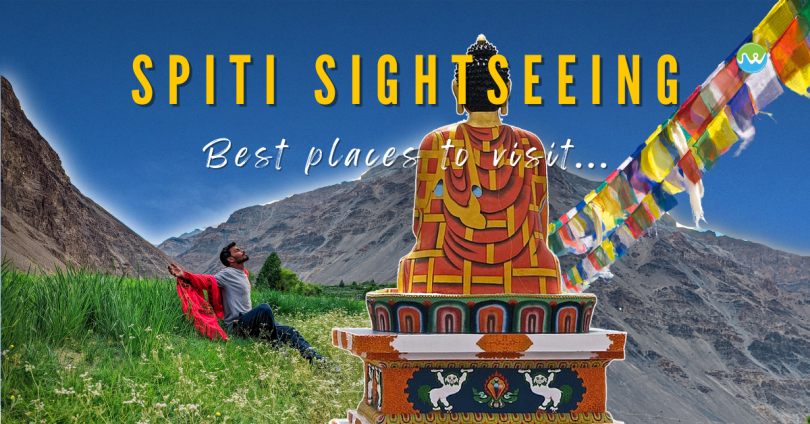
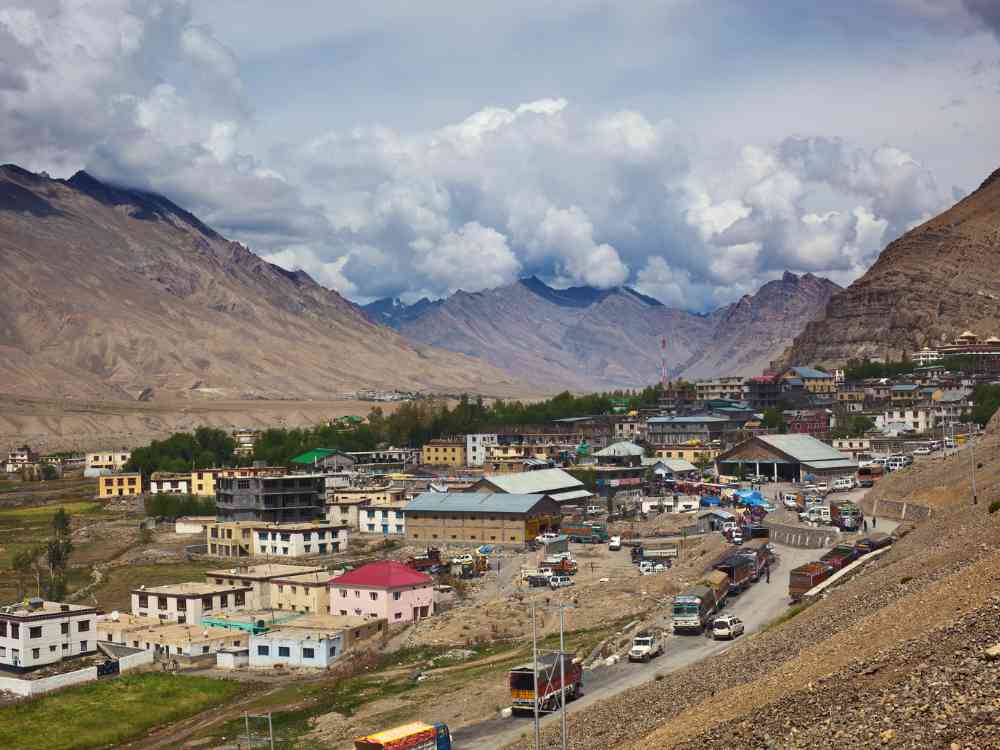
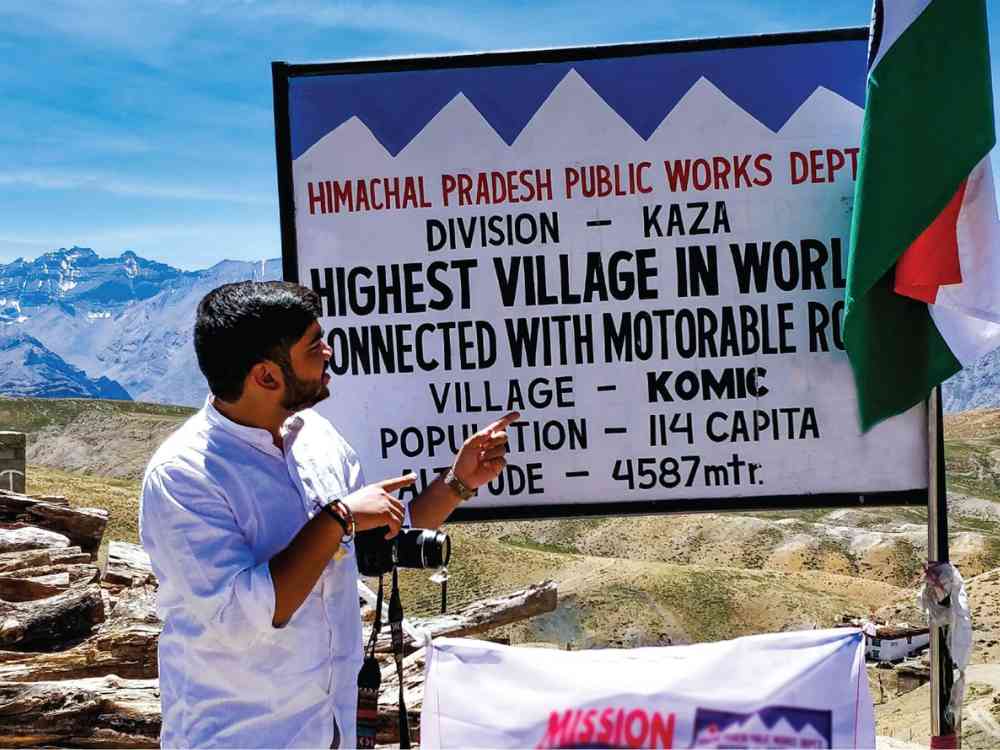
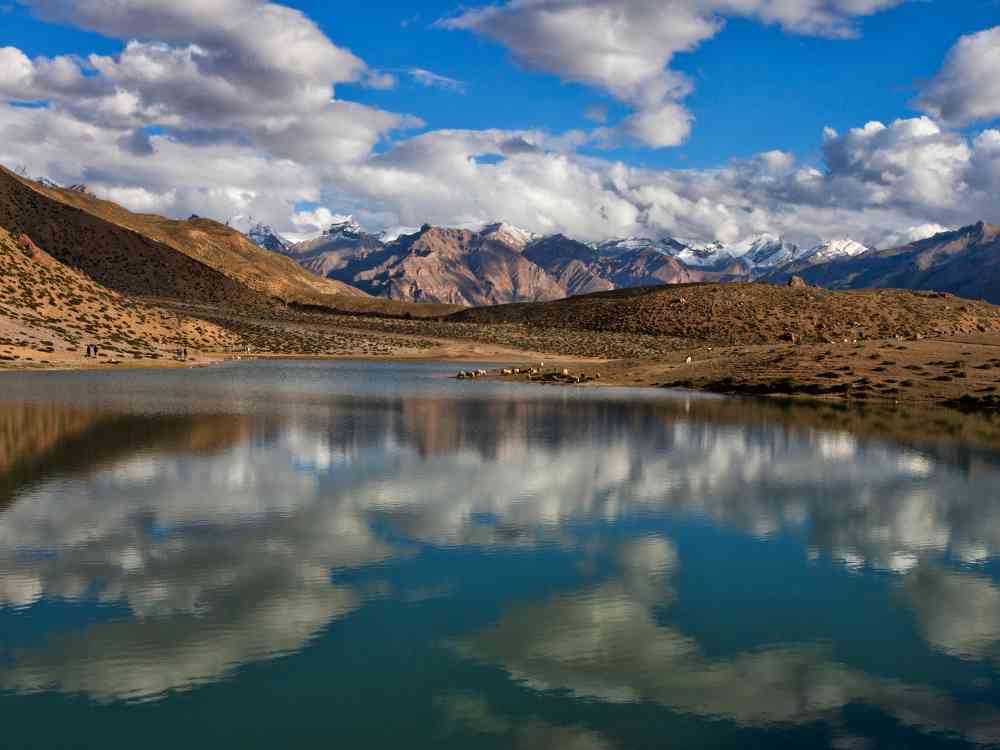

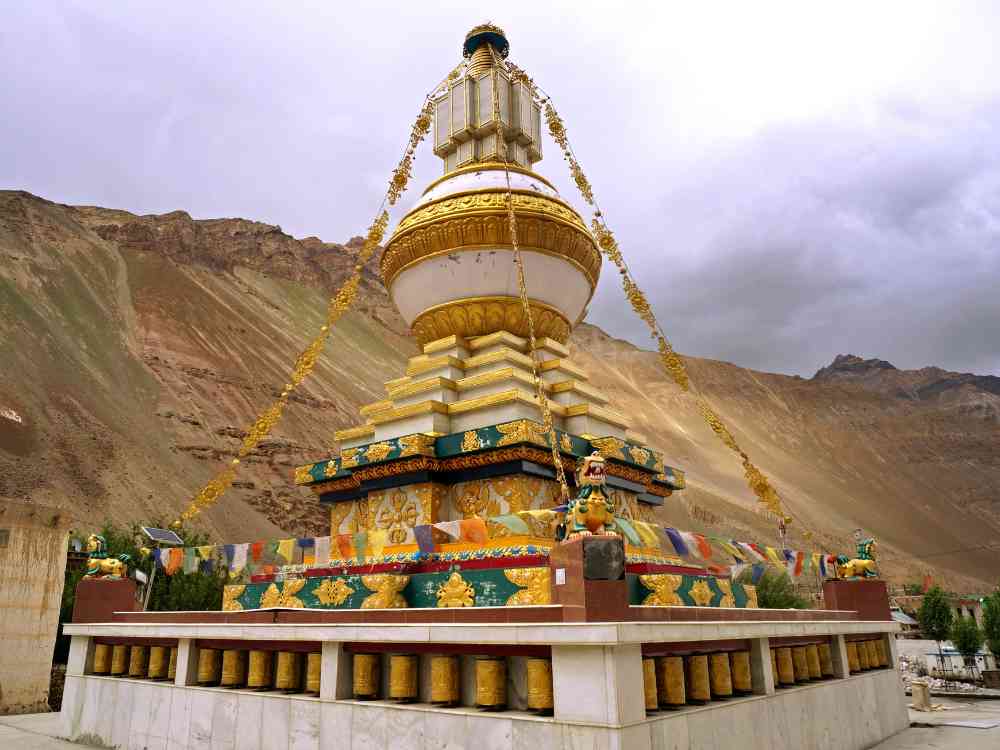
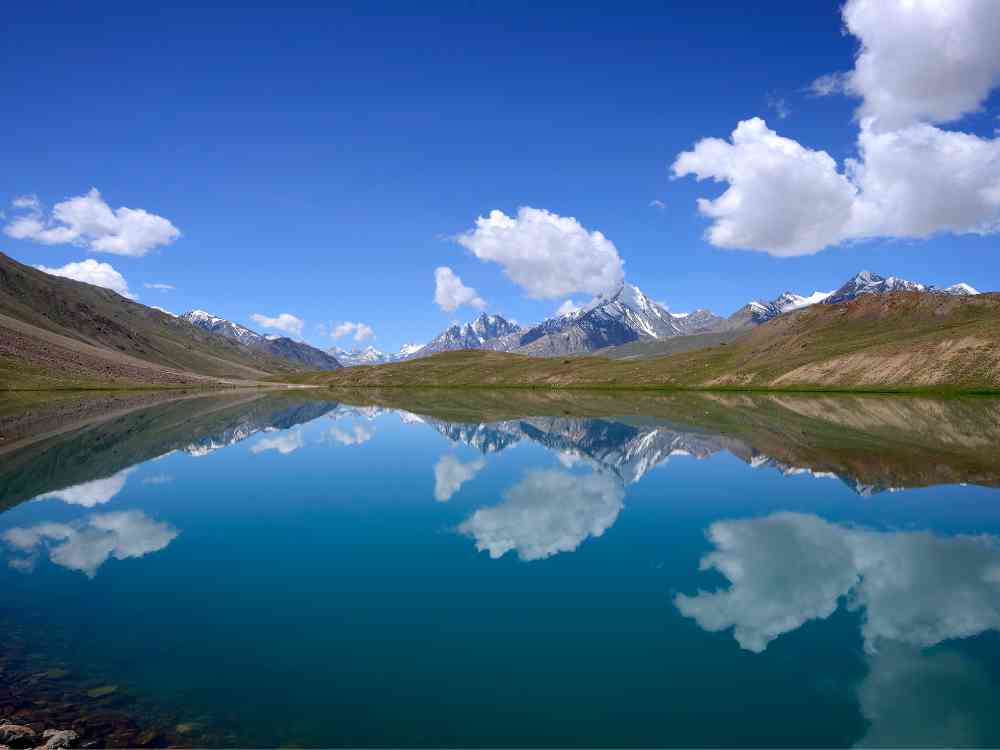

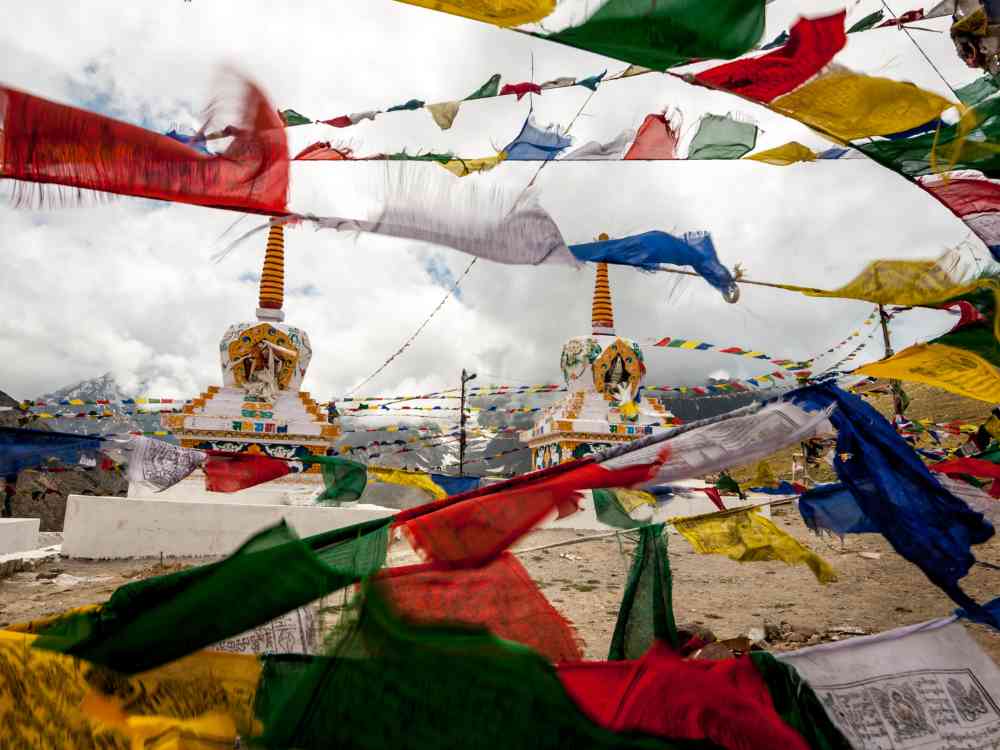
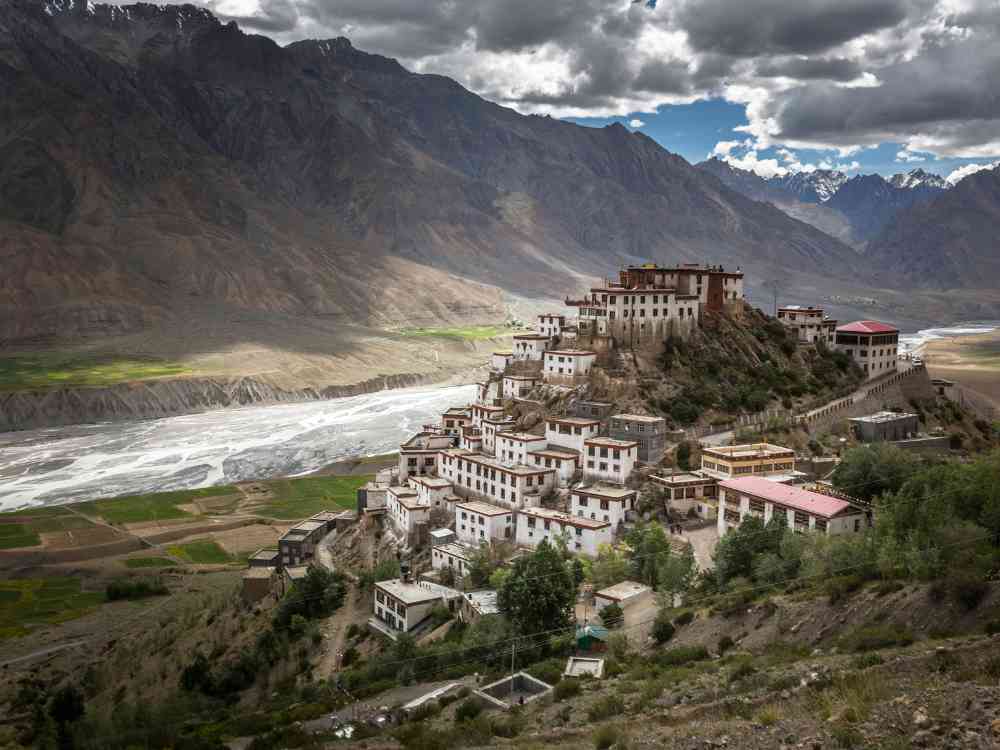
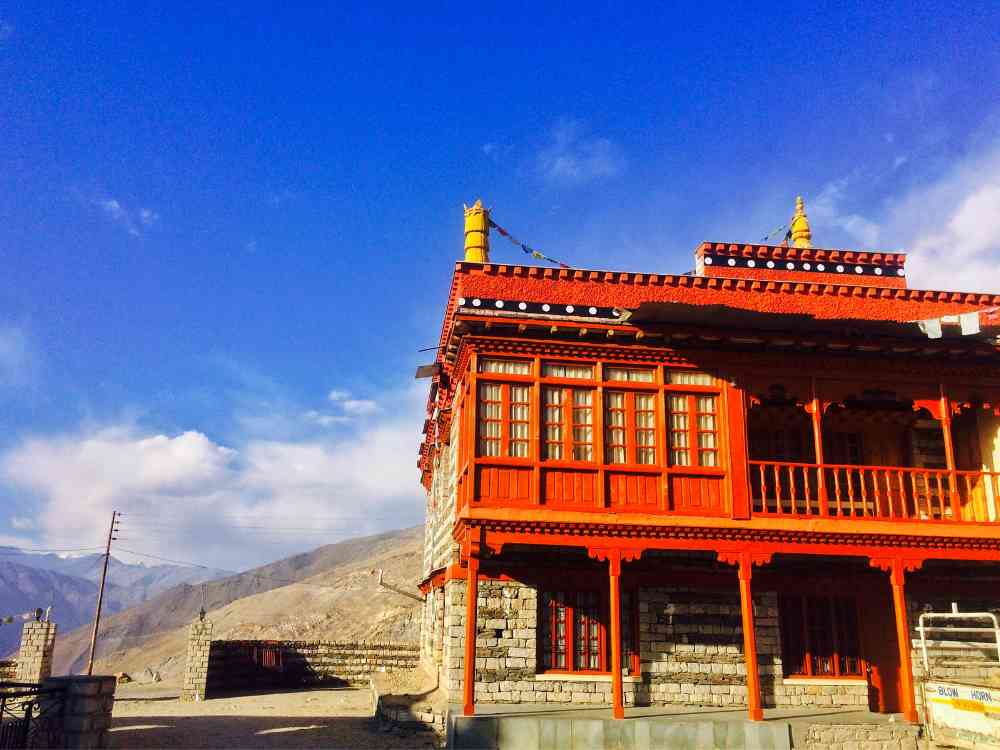
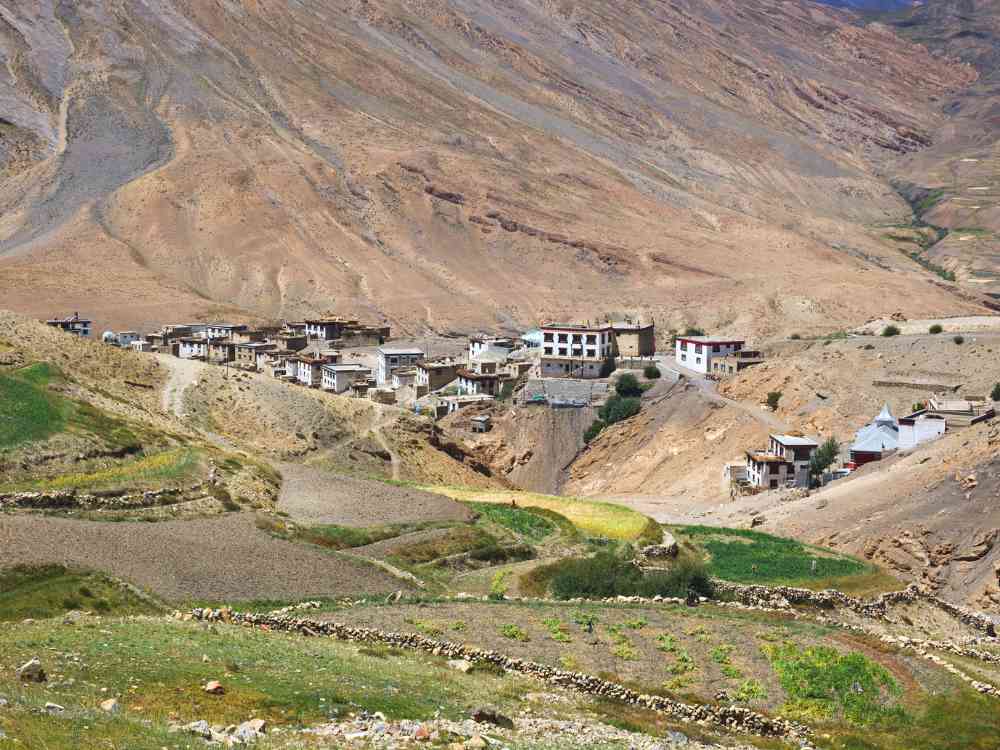
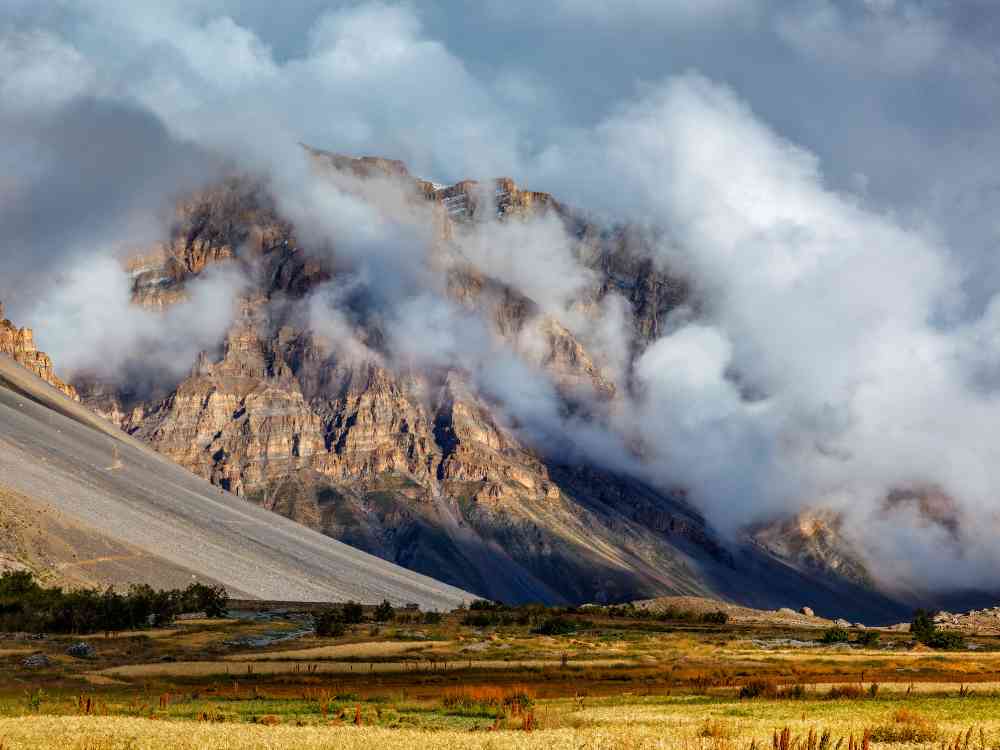
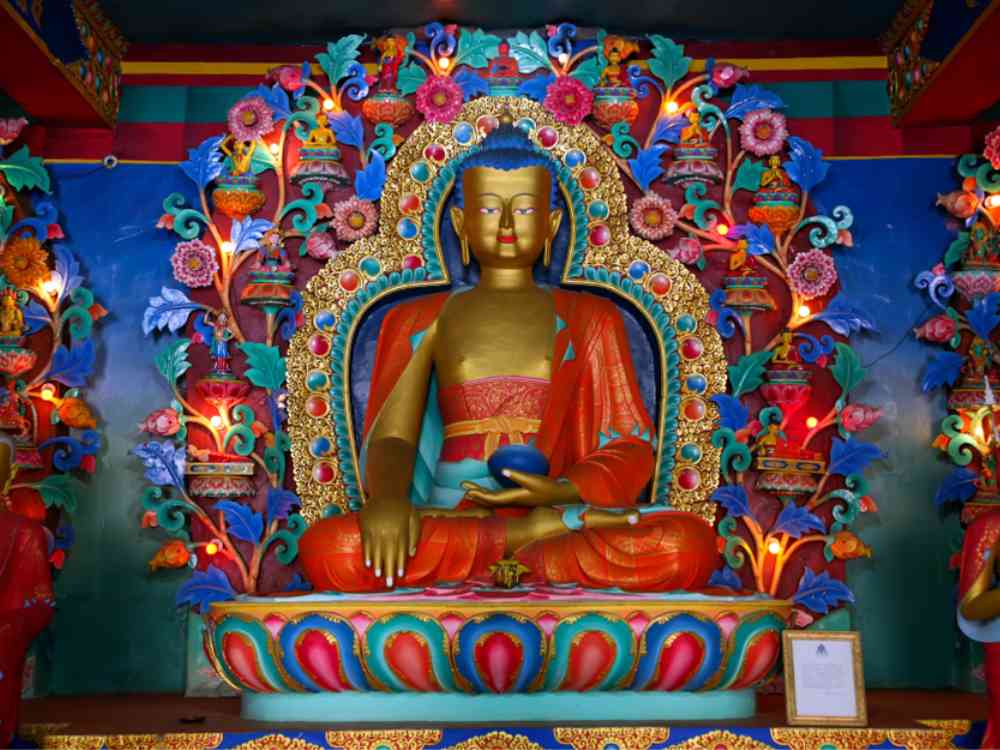

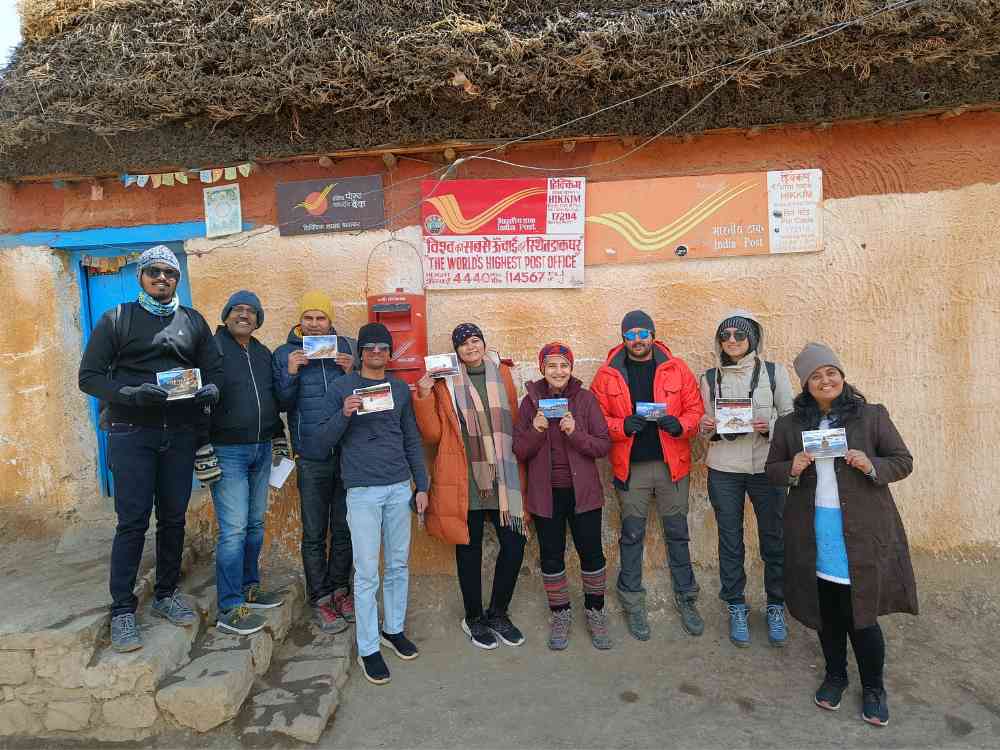
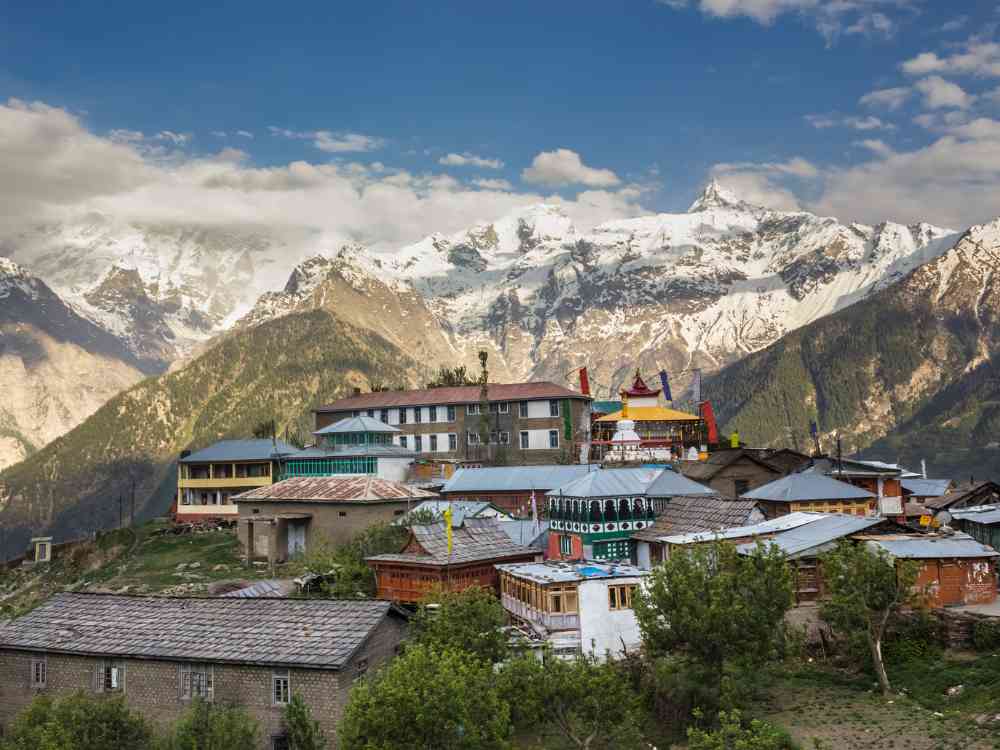

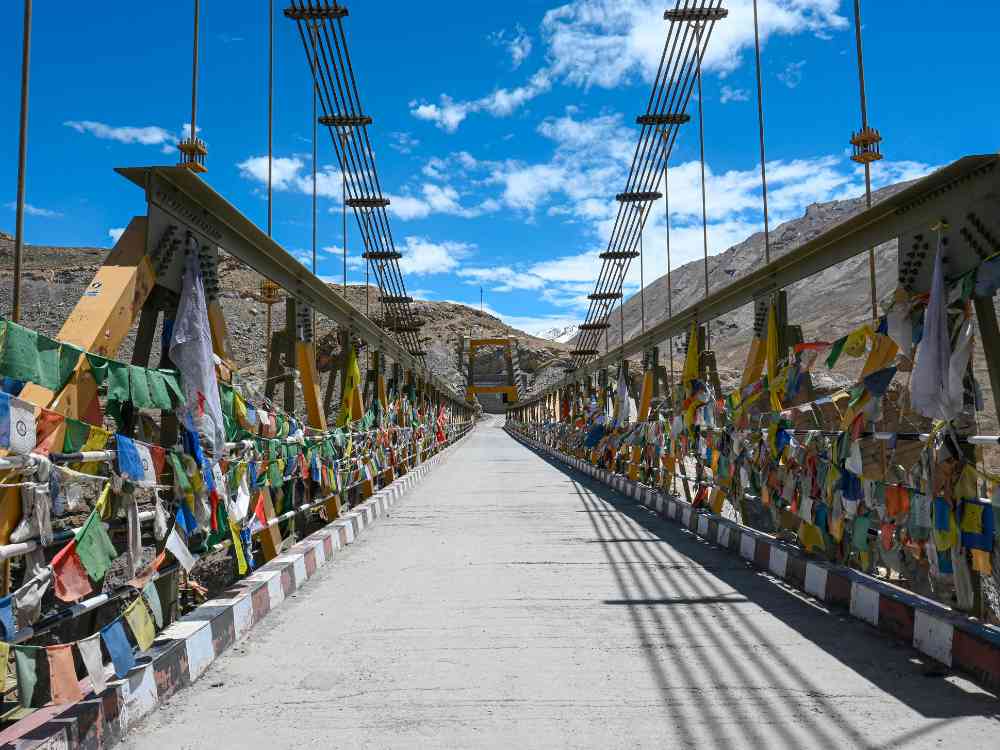








I was just planning to Spiti and came across to this blog. Thank you for suggesting such beautiful destinations
Hey Megha, Glad that you found this helpful. If you’re planning a trip to Spiti Valley, then do check out these All-Inclusive itineraries for Spiti including An All Girls Trip To Spiti Valley, here: https://www.justwravel.com/backpacking-trips-in-Spiti
I’d personally love to visit Chandrataal
We’d love to take you there
The blog is amazing, and makes me wanna pack and go to Spiti right away!
What are you waiting for? Lets goooo
excellent information dear writer
God bless you
keep growing
Thank you
I would like to inquire about a Spiti Valley trip Oct 26 to Nov.3 However we would like to join this trip in Shimla not Delhi as we will be in Leh and traveling to manali from Oct 18 to 25. The alternative would be to book a trip with you from Manali through the Spiti Valley to Kalpa and Chitkul during those same date Oct 26 to Nov3
Hello Roger,
That’s a wonderful plan. Our Spiti expert will contact you via email for further clarification.
Happy Spiti-ing!